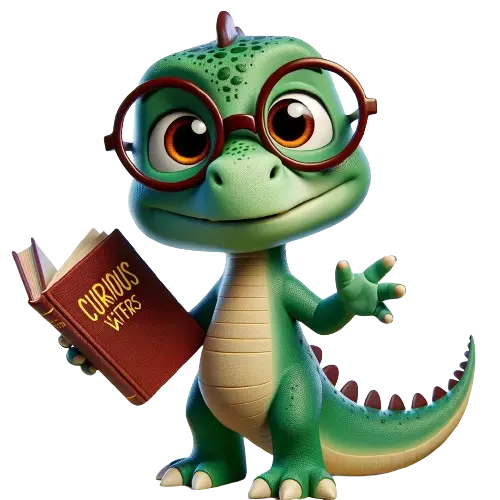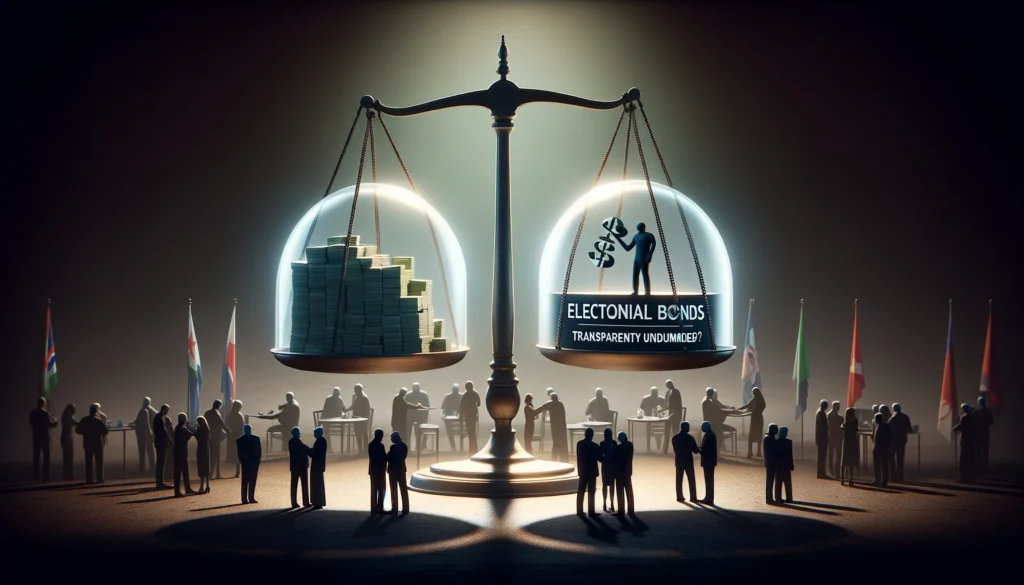In a parliamentary democracy like India, the government is like a giant vehicle carrying the nation forward. The Union Cabinet is the steering wheel – it decides the direction, sets the pace, and navigates the path.
Formation of the Union Cabinet
- The Driver’s Choice: The Prime Minister (PM), as leader of the majority party in the Lok Sabha (think of it as the biggest passenger group), gets to handpick a team of ‘co-drivers’. Each minister is appointed to manage a specific aspect of governing.
- Official Start: The President formally appoints ministers, and they take an oath to uphold the Constitution. Think of it like getting a driver’s license – a commitment to follow the rules of the road.
The Backbone of Executive Power: Types of Ministers
- Lead Navigators: Cabinet Ministers head major ministries, like a lead driver in charge of navigation (Defense), finances (Finance), or safety (Home Affairs). They have the most power to chart the course within their area.
- Junior Navigators with Maps: Ministers of State (Independent Charge) are like navigators with a detailed map of a specific region – they manage particular areas within a broader ministry (like Tourism or Sports).
- Navigational Assistants: Ministers of State assist Cabinet Ministers, much like an assistant navigator helps the lead driver with directions and handling smaller tasks.
Collective Responsibility: One Crew, One Journey
The Union Cabinet works as a team, not just a bunch of individual drivers. Even if they don’t always agree perfectly, publicly they support the decisions of the group. This ensures a unified direction for the country and allows for clear accountability.
Key Roles of the Union Cabinet
- Mapmakers: The Cabinet designs national policies – like deciding whether to build a highway (infrastructure) or a rest stop (social program).
- Law Proposers: They’re the ones proposing new traffic rules (laws) to the Parliament for approval.
- Road Patrol Leaders: They direct the vast ‘road patrol’ of civil servants who enforce laws and provide services (think police, hospitals, tax collection).
- Budget Balancers: Imagine the Cabinet controls the nation’s wallet. They prepare the annual budget deciding where money is spent – like investing in road repairs or new fuel technology.
Relationship with Other Branches
- Prime Minister – The Head Driver: The PM is the bridge between the Cabinet and other parts of the ‘government car’. They keep things coordinated with Parliament and report to the President (who’s like an honorary passenger).
- Checks and Balances: Parliament is like the car’s backseat passengers. They can question the drivers, or even demand a whole new driving crew (vote of no confidence) if things go badly off-road!
Conclusion
The Union Cabinet is the heart of India’s executive branch. They steer the nation, translating the will of the people into action. Understanding their roles is crucial to understanding how our democracy works.
.








Pingback: Cabinet Secretary Of India : Powerhouse of Government